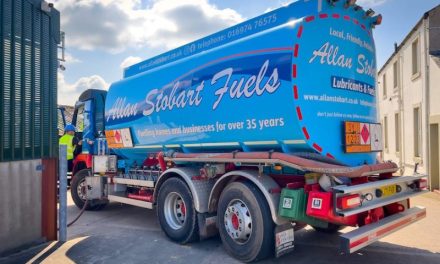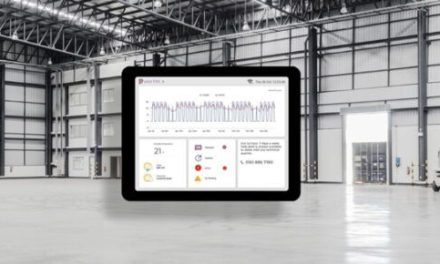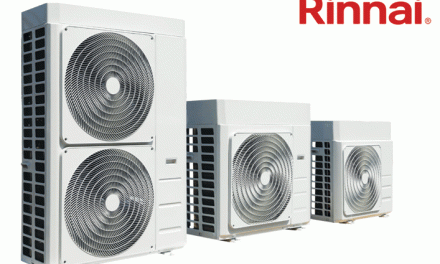 In these challenging times, energy managers must be forward thinking and proactive when it comes to maintenance programmes. Infrared thermography is integral to this, as Phil Roberts, UK sales manager at Ideal Industries, explains
In these challenging times, energy managers must be forward thinking and proactive when it comes to maintenance programmes. Infrared thermography is integral to this, as Phil Roberts, UK sales manager at Ideal Industries, explains
The nature of the modern business world means that ensuring equipment performs to its optimum level is becoming increasingly more important. Today’s workplaces are typically high density environments stacked with powerful gear, vital to delivering a first class, consistent performance.
The onus is on energy managers to keep these business operations up and running at all times. Conventional, scheduled maintenance programmes, whereby problems could go unidentified for some time, possibly leading to equipment failure and costly down-time and safety issues, are a thing of the past. Instead, we have seen a shift towards a much more proactive, preventative maintenance approach.
Thermography
So, how is this achieved. One of the ways energy managers can effectively carry out continual, comprehensive critical equipment monitoring on everything from motors, circuit boards and switchgear through to electrical connections, bearings and pumps, is thermography – a monitoring technique that allows problems to be detected and corrected before they develop into major defects.
Thermography, or thermal imaging, visualises and measures infrared radiation emitted from objects. The hotter an object, the more thermal energy it emits, which means that thermography can be applied in any circumstances where the performance or condition of a component can be revealed by means of a thermal difference. Electrical parts that are damaged or about to fail will emit excessive heat, and a thermal camera will detect this in relation to the ambient temperature.
 The amount of infrared radiation emitted by a surface depends on both its temperature and its emissivity. Surfaces that are good reflectors (e.g. polished metal) are poor emitters, and surfaces that are good emitters (e.g. human skin) are poor reflectors.
The amount of infrared radiation emitted by a surface depends on both its temperature and its emissivity. Surfaces that are good reflectors (e.g. polished metal) are poor emitters, and surfaces that are good emitters (e.g. human skin) are poor reflectors.
The naked eye cannot see infrared energy because it is emitted from objects as heat (rather than being reflected as light), so a special camera is required. Infrared thermal imaging cameras provide a visual representation of infrared energy emissions. Where quantitative information is required, the thermal camera can also provide accurate surface temperature values of the object being viewed. The images generated can then be saved for later analysis and report generation.
In this way thermal imaging technology can help energy managers to check for loose or over tight connections, identify overloaded components, evaluate uneven voltage distribution and recognise failed or fatigued components within a distribution system, without the need to isolate circuits.
Process equipment
Temperature control is one of the most important factors in process manufacturing. Therefore, there is a wide range of applications for thermography in the processing industry. As well as monitoring standard equipment such as motors, fans and pumps, the thermal imager can be used to check more specialist gear such as plant operations, failing transformers and faults in motor control centres.
Thermal technologies have now made preventative maintenance a more viable option. Where once companies would employ a specialist company to carry out formal checks, energy managers can now do it themselves as part of their regular preventative maintenance checks. Faults can quickly turn into large scale crises, so in many cases it only takes one problem to be identified and solved before a thermal imaging camera has paid for itself.
What camera to use?
When considering which type of thermal imaging camera to purchase, the first consideration should be the quality of the image. Owing to technological developments, devices are now available that deliver an exceptionally high resolution thermal image at an affordable price.
Some models on the market also incorporate Image Fusion, which allows the viewing of a visible or thermal image of the equipment, or a blend of both. By combining visible and thermal images the user is able to get a very clear picture of the equipment being monitored while easily seeing potential faults.
As pressure continues to mount, energy managers must take on extra diligence to ensure down-time is avoided at all costs. The latest generation of thermal imaging cameras are a must, helping to ensure potential problems are identified and dealt with before they occur, thus providing increased productivity and enhanced safety. After all, when it comes to efficient maintenance, prevention really is better than cure.
Ideal Industries
T: 01925 444 446





